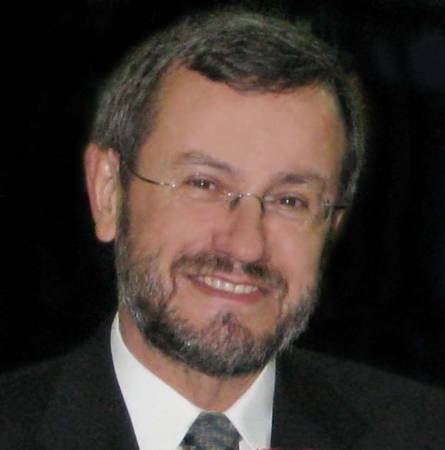
11:30 am to 1:30 pm
3305 Newell-Simon Hall
Abstract:
The aim of drone cinematography is to develop innovative intelligent single- and multiple-drone platforms for media production to cover outdoor events (e.g., sports) that are typically distributed over large expanses, ranging, for example, from a stadium to an entire city. The drone or drone team, to be managed by the production director and his/her production crew, will have: a) increased multiple drone decisional autonomy, hence allowing event coverage in the time span of around one hour in an outdoor environment and b) improved multiple drone robustness and safety mechanisms (e.g., communication robustness/safety, embedded flight regulation compliance, enhanced crowd avoidance and emergency landing mechanisms), enabling it to carry out its mission against errors or crew inaction and to handle emergencies. Such robustness is particularly important, as the drones will operate close to crowds and/or may face environmental hazards (e.g., wind). Therefore, it must be contextually aware and adaptive, towards maximizing shooting creativity and productivity, while minimizing production costs.
Drone vision plays an important role towards this end, covering the following topics: a) drone visual mapping and localization, b) drone visual analysis for target/obstacle/crowd/POI detection, c) 2D/3D target tracking and d) privacy protection technologies in drones (face de-identification).
This lecture will offer an overview of current research efforts on all related topics, ranging from visual semantic world mapping to multiple drone mission planning and control and to drone perception for autonomous target following, tracking and AV shooting.
Speaker Bio:
Prof. Ioannis Pitas (IEEE fellow, IEEE Distinguished Lecturer, EURASIP fellow) received the Diploma and PhD degree in Electrical Engineering, both from the Aristotle University of Thessaloniki, Greece. Since 1994, he has been a Professor at the Department of Informatics of the same University. He served as a Visiting Professor at several Universities.
His current interests are in the areas of autonomous systems, machine learning, computer vision, 3D and biomedical imaging. He has published over 1090 papers, contributed in 50 books in his areas of interest and edited or (co-)authored another 11 books. He has also been a member of the program committee of many scientific conferences and workshops. In the past he served as Associate Editor or co-Editor of 9 international journals and General or Technical Chair of 4 international conferences. He participated in 69 R&D projects, primarily funded by the European Union and is/was principal investigator/researcher in 41 such projects. He has 29200+ citations to his work and h-index 80+ (Google Scholar).
Prof. Pitas leads the big European H2020 R&D project MULTIDRONE: https://multidrone.eu/. He is chair of the IEEE Autonomous Systems Initiative (ASI) https://ieeeasi.signalprocessingsociety.org/
